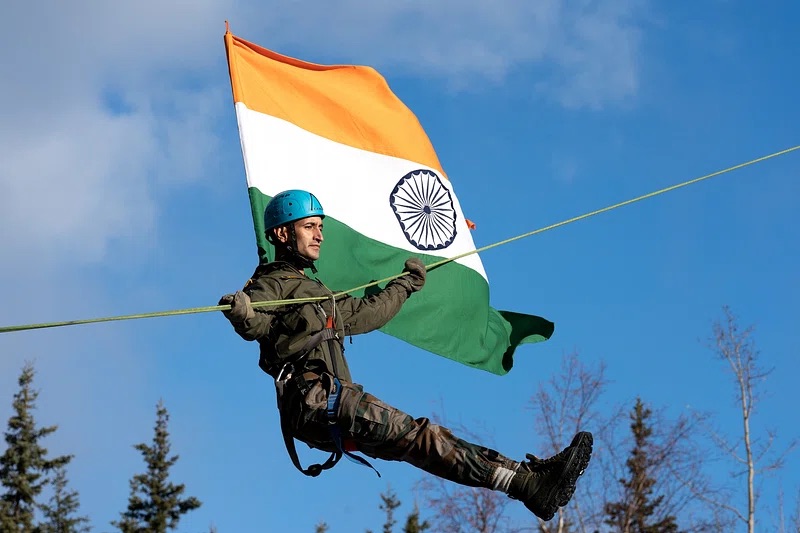
This week, India traded missile attacks with Pakistan, raising fears of all-out war between the two nuclear-armed neighbors. The strikes hit at least nine sites that the Indian government described as bases of Pakistani “terrorist infrastructure.” This move came on the heels of violence which directly resulted in the deaths of 26 individuals. This dangerous escalation comes on the heels of an attack on Hindu tourists in Indian-controlled Kashmir that raised concerns of a new war between the two states.
Operation Sindoor and Military Responses
The Indian government has substantially accused Pakistan for inciting the recent unrest and promised a muscular retaliation. Fearing the political repercussions, in response to these developments, the Indian armed forces initiated “OPERATION SINDOOR.” They focused on sites identified as organizing and orchestrating terror strikes on Indian soil.
“A little while ago, the Indian armed forces launched ‘OPERATION SINDOOR’, hitting terrorist infrastructure in Pakistan and Pakistan-occupied Jammu and Kashmir from where terrorist attacks against India have been planned and directed,” – Indian government
Due to the poorly defined target area of the missile strikes, a series of large explosions were heard over a wide area in Pakistan and Pakistani-administered Kashmir. According to media reports, following the blasts, authorities cut off power in Muzaffarabad, the capital of Pakistani Kashmir. Pakistan’s military responded with a severe counter-offensive to these increasing assaults. To this, the police and army responded with adamant denials that they were in any way responsible for the violence that sparked this new wave of hostilities.
Domestic Security and International Reactions
The military escalation has opened up a second front, with security concerns now the focus inside India. In an effort to avoid further escalations, the federal government has directed at least six states to carry out mock drills. On May 6, 2025, Civil Defense staff carried out a very successful dummy drill at the Reserve Police Lines, Lucknow. This episode very much proved that when the chips are down, India is up to the task.
For its part, Pakistan has staunchly rejected any responsibility for the attacks that sparked India’s military escalation. Earlier this week, the Pakistani military claimed they had intelligence indicating India was preparing to make an attack. This assertion confounds the new and still-evolving dominant narrative of this latest outbreak of violence.
During its own military operations, India stressed the importance of restraint as a use of force strategy. In the words of one senior administration official, “Our responses have been targeted, proportional and non-escalatory. No Pakistani military facilities have been targeted. India has shown massive restraint in choice of targets and means of attack.
Even with hostilities still very much alive, both countries are still ready to act by virtue of his power armed with nuclear weapons. The international community is watching closely and should any side miscalculate the costs to regional peace and stability are likely to be exceedingly high.
What The Author Think
This dangerous escalation underscores the volatility of South Asian geopolitics, with nuclear-armed nations standing at the precipice of war. While the international community must advocate for de-escalation, both India and Pakistan should focus on diplomacy and restraint before the situation spirals into an even more catastrophic conflict.
Featured image credit: Rawpixel
For more stories like it, click the +Follow button at the top of this page to follow us.
